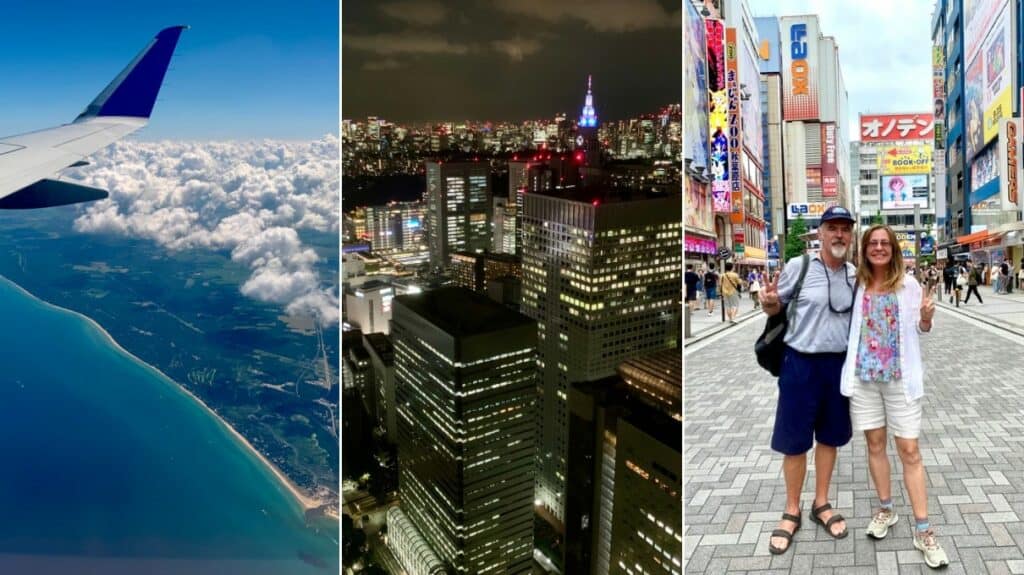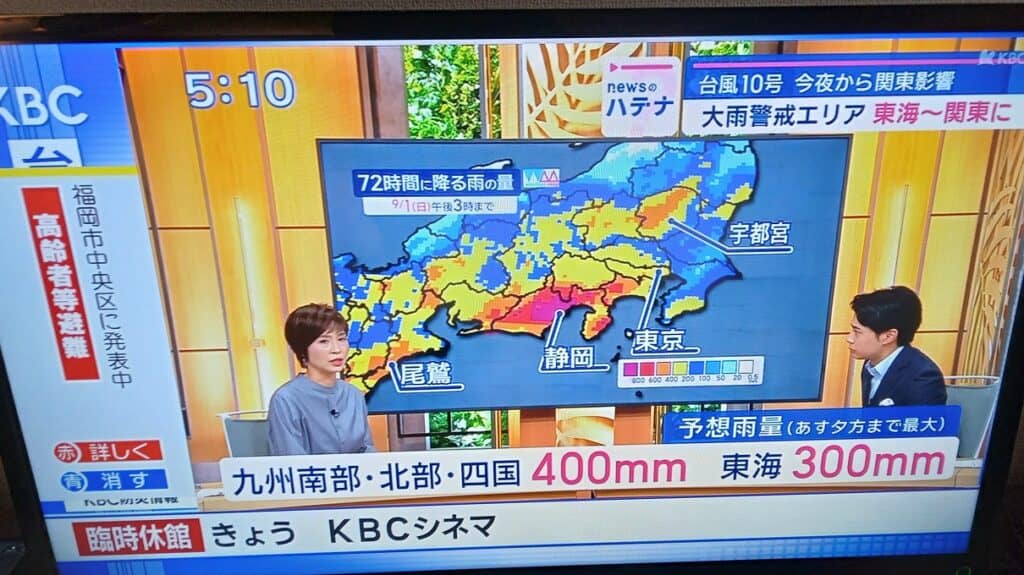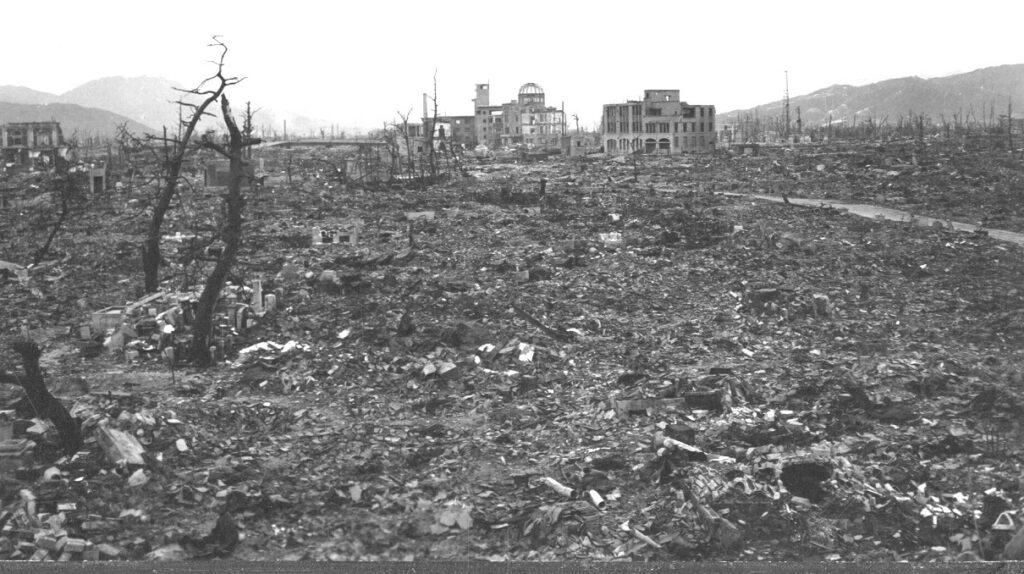This post takes a closer look at our expenses for travel in Japan during our nearly two-month visit in the summer of 2024. It covers our local travel, regional travel, and airfare expenses to give you an idea on what it might cost you.
Local travel within cities
Most tourists get to Japan through Tokyo, where both international airports are connected by trains and buses into the city center. Narita is 80 kilometers out, and Haneda is 26 kilometers out.
Different trains and buses go into different areas of Tokyo from both airports, so make sure you are taking something that goes close to your destination.
We define our “local travel” category as money spent getting around within in a city. And local travel is amazing in Japanese cities! The public transportation systems are easy to navigate, signs are clear and many have English, everything is spotless, safe, and on time. Car ownership is low in Japan, so the importance of public transportation is paramount.
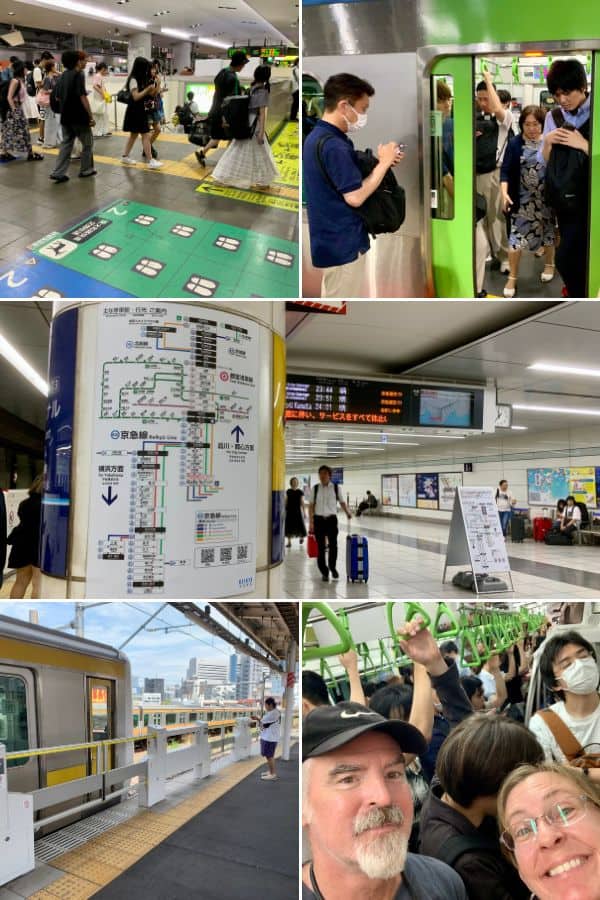
There are different brands of transit cards, but most of them seem to work in multiple cities. You don’t save any money by getting a transit card, but you save time from having to buy a ticket at a machine before each ride. Transit cards require a 500 yen deposit and can be loaded with any amount you choose at machines.
In all Japanese cities, regular train and subway fares depend on how far you go. Many buses have flat fares within large ‘zones’, like the ones in Kyoto, and streetcars use the zone pricing as well. Most of our inner-city trips ran from $1.25 to $2 and change.
Our Airbnb units were all within walking distance of major tourist sites, so we saved a lot on local travel by walking whenever we could. We walked an average of five miles a day. If you walk less and use public transportation more, your local travel expenses will be greater.
Transit cards can be used on subways, trains, buses, and ferries – such as the ferry to Miyajima from the outskirts of Hiroshima.
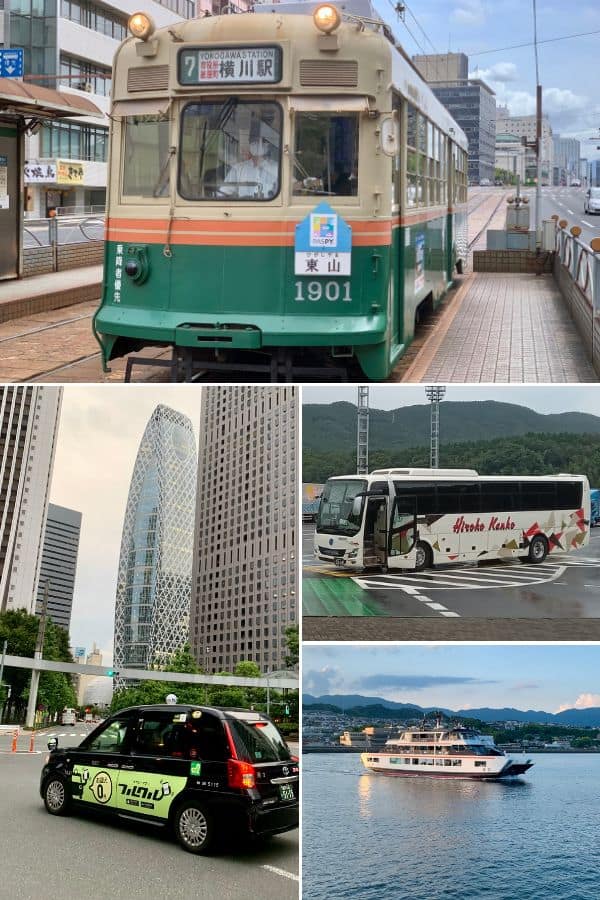
Uber
Uber rides are by taxis registered on the app. Beware: there is a ‘surprise’ $4.50 booking fee added to your fare. That fee is not easily seen when Uber shows you the fare estimate, but it is in the fine print.
We only used Uber three times when we absolutely had to. Each time we went less than two miles, and each time the fare was about $9. That wasn’t too bad, but then add the $4.50 booking fee on top of the fare.
Those same taxis are available on every street, but we never flagged one down. We don’t know the rates for a regular taxi ride.
Uber total:
$40.50 for three rides… ouch.
Bicycles
Bicycle rentals are a great way to go sightseeing. Daily rentals range from 500 yen to 1,000 yen ($3.50 – $7) — and up if you go to a bike rental place or if you want an electric bicycle.
Some cities, like Kyoto, had bicycle lanes on some main roads. Other places like Fukuoka had no bike lanes at all. And if you ride in cities without bike lanes, be prepared to ride on the sidewalk. This is normal – and I’m not a fan because of all the pedestrians. I preferred biking outside big urban areas – especially around Lake Kawaguchi.
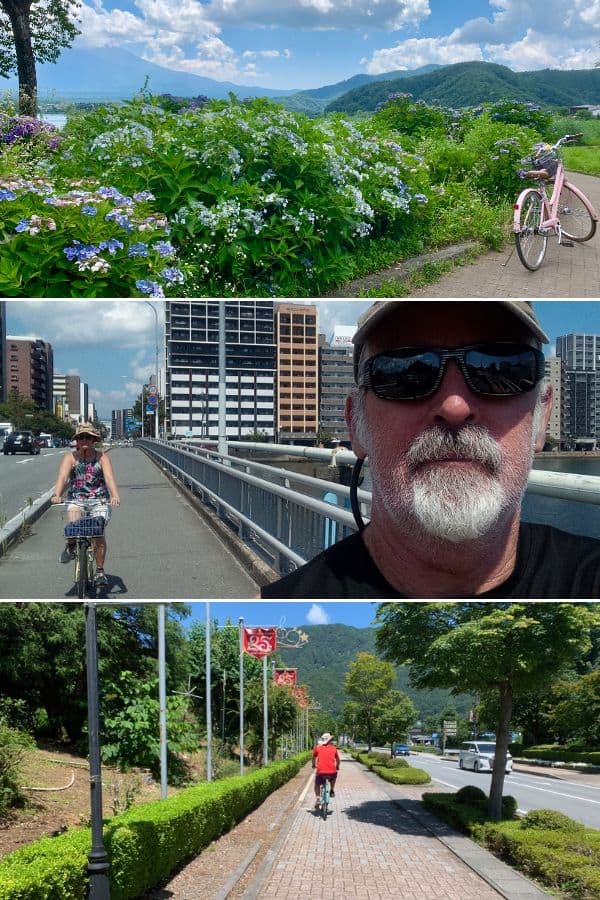
One really odd thing as a pedestrian around urban bicyclists: riders don’t use their bells to alert you to their approach – even though they have bells! They just ride really slow behind you until you move. I could never figure this out. I guess it sort of goes along with the super-polite, super-quiet, reserved attitude of the Japanese.
We rented a couple of Airbnb units that included bicycle rentals; no subtotal here.
That takes us to the local travel total expense.
Local travel total:
$255 for two people in Japanese cities over seven weeks
Regional travel between cities
Shinkansen tickets in Japan are pricey for budget travelers like me and the spouse. Good thing we travel “slow” and usually aren’t too hurried.
The one time we rode the Shinkansen (bullet train) it was a short trip – only 300 kilometers. We were in a hurry that one time so I could meet my friend before she left Japan.
Our Shinkansen ride was a fun experience, but also strange. Our Shinkansen had “Hello Kitty” cars (because, Japan). Take a picture with Hello Kitty, or visit the front car for souvenirs. Be assured the regular cars are not pink.
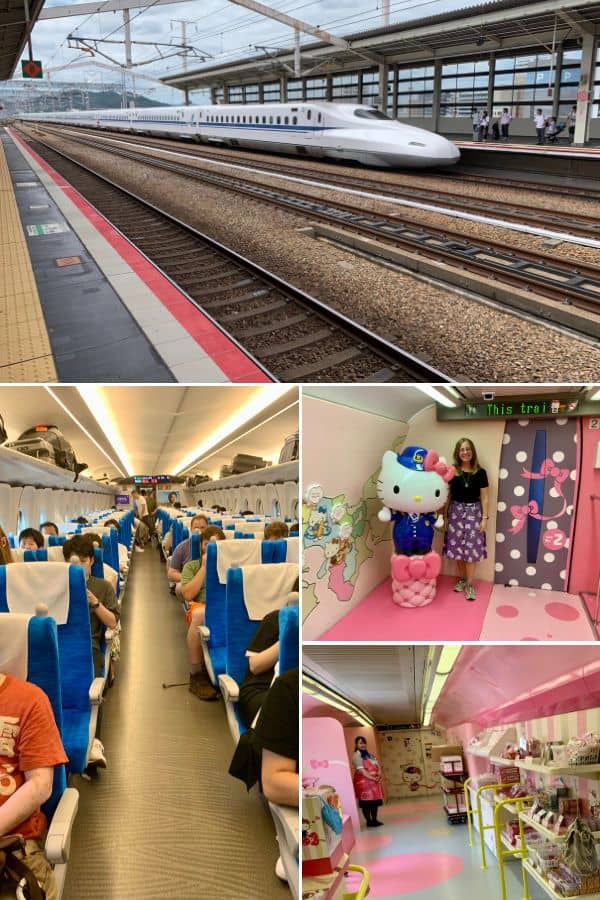
For a price comparison: Hiroshima to Hakata (Fukuoka) on a bus was $34 per ticket. On the Shinkansen, Hiroshima to Hakata would’ve been $64 per ticket. Sure, it’s a four hour bus ride versus a 75 minute bullet train, but the faster you go the less you see, and the more you spend.
We preferred buses over regular trains, because the slow trains involved transfers and lengthy layovers.
On our longer hauls, Theo bought tickets in advance of travel days.
Our regional slow travel costs:
- Tokyo to Kawaguchiko— $27.28 for two people by bus (Shinjuku to Fujikawaguchiko)
- Kawaguchiko to Kyoto— $90.72 for two people on an overnight bus
- Kyoto to Osaka— $5.33 for two people on the Hankyu train line (Osaka-Umeda station to Kyoto-Kasumura)
- Osaka to Himeji— $23.62 for two people on JR Sanyo train line
- *Himeji to Hiroshima— $108 for two people on the Shinkansen
- Hiroshima to Fukuoka— $68 for two people on the bus
Regional travel total:
$322.95 for two people
Our airfare to get to Tokyo
Of course, the biggest travel expense was getting to Japan.
Airfare to get into Narita from the Philippines for Theo was $156 total with one checked bag (Boracay to Manila, Manila to Narita, on Air Asia).
Airfare to get into Haneda from the USA for Ellen was $762 total with one checked bag (miles from Cincinnati to Chicago, Chicago to Haneda on ANA Airlines).
Travel in Japan grand total (no airfare):
$618.45
Next stop
From Fukuoka we head to Busan, South Korea by ferry. It cost $70.75 for two people. It will be about a six hour journey. Theo bought these tickets a few months in advance since this involves us crossing borders.
We will stay in Busan for one month, so our ‘travel’ expenses will be much lower. And the cost of sampling Japan and South Korea: priceless!
Life is Now.
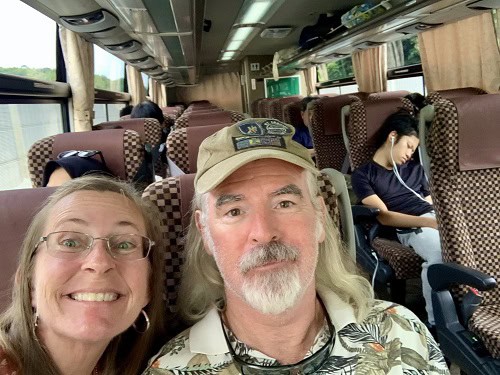
Thanks for reading, “Budget breakdown: Travel in Japan.”
See what it costs to retire early and travel the world!
Check out our popular monthly budget breakdowns.
Other posts about Japan:
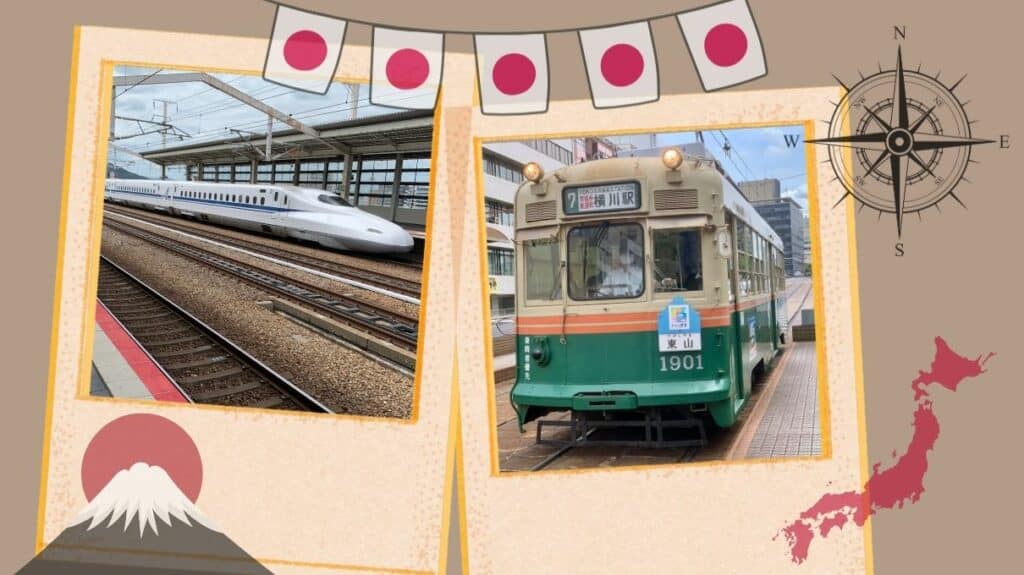
Budget breakdown: Travel in Japan
Ellen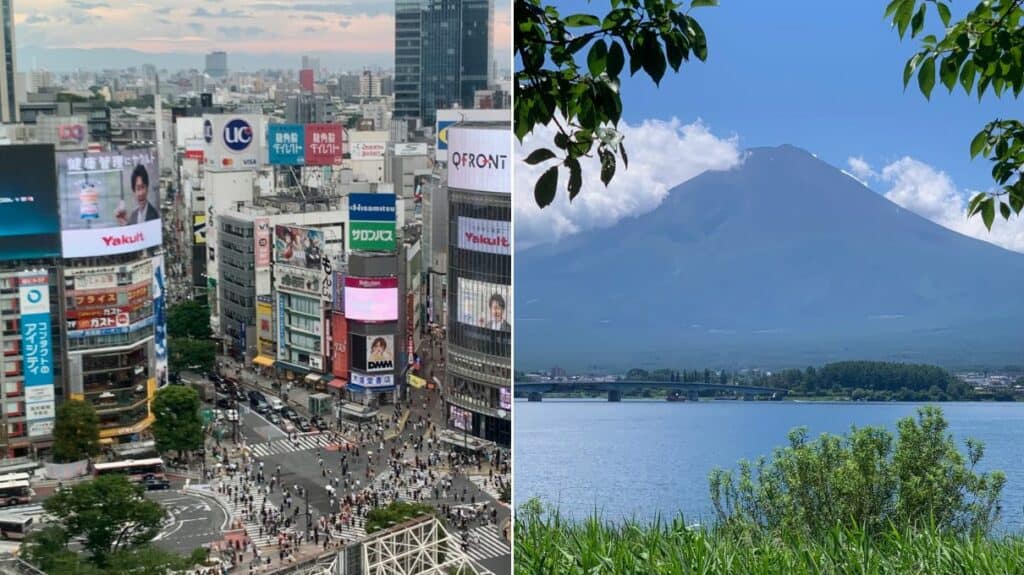
What our entertainment cost in Tokyo & Mount Fuji
Ellen